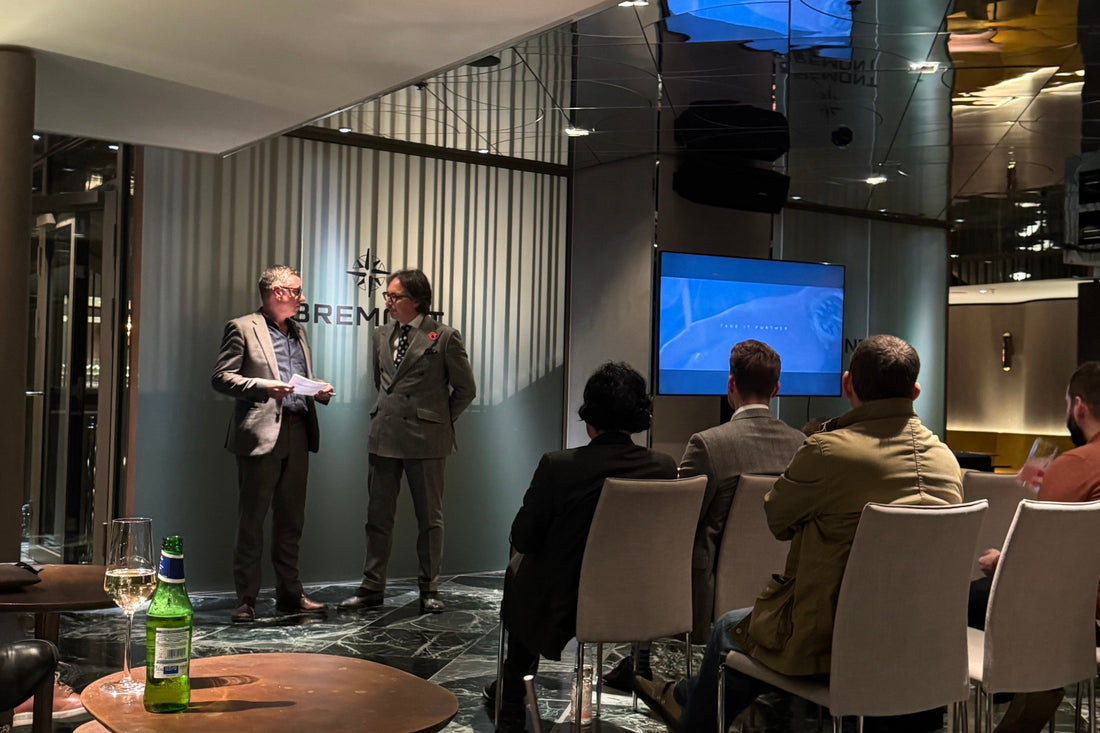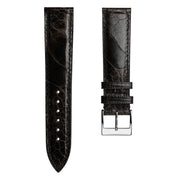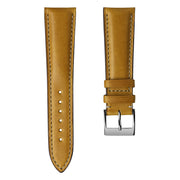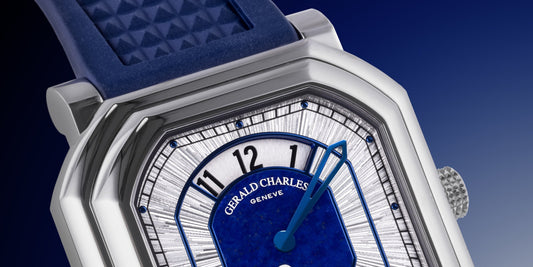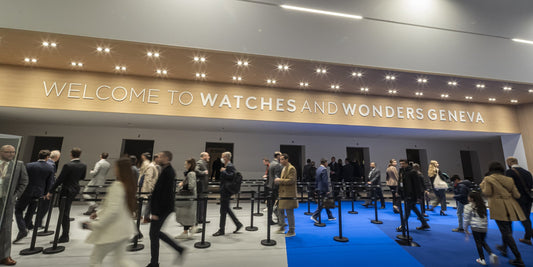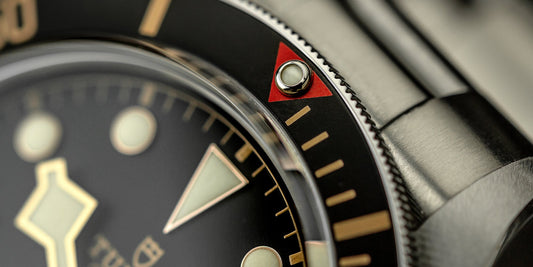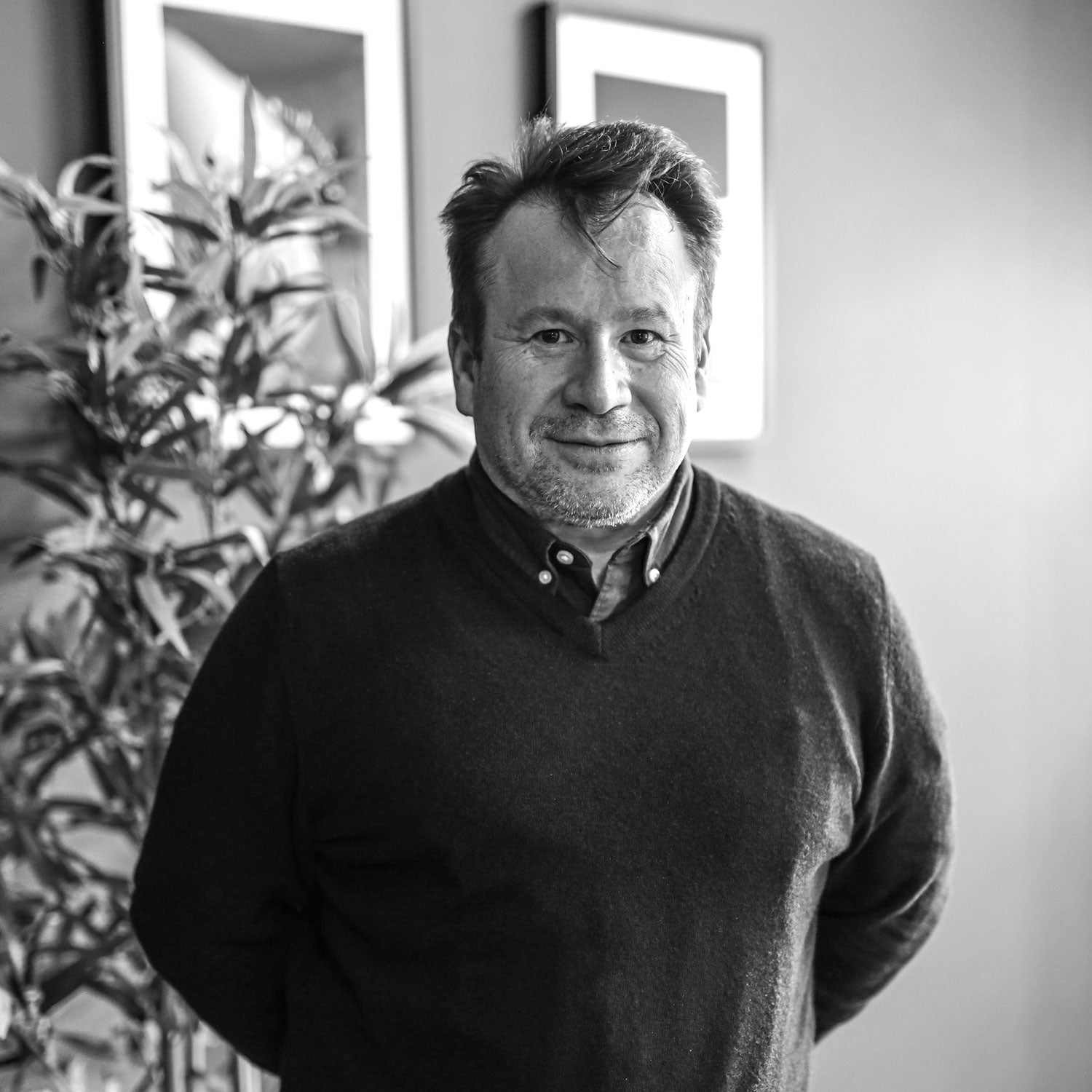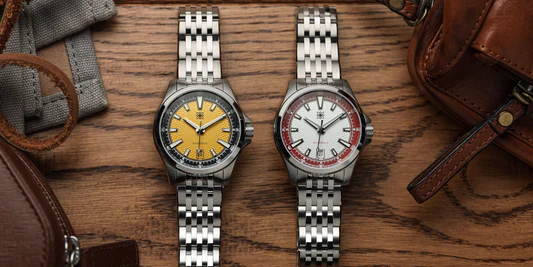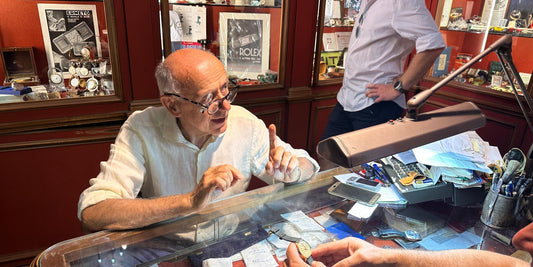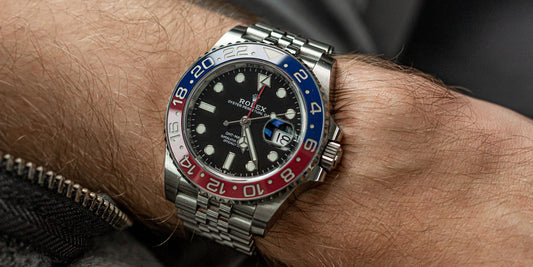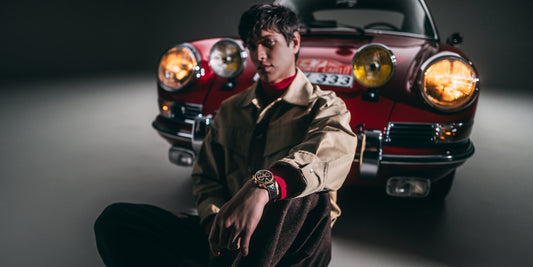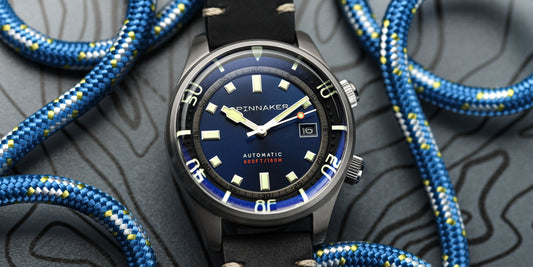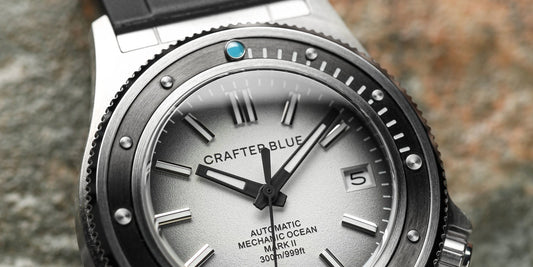Three years ago, the paint was barely dry and the crisp cotton sheets freshly ordered in what was then the brand-new five-star Londoner Hotel, right in the heart of the capital in Leicester Square. Since then, the WatchPro Salon has established itself as a well-known annual event – but it’s always maintained a luxurious and exclusive feel, thanks to its location in what is probably London’s swankiest basement.


And of course there’s substance as well as style. The show, which ran from Friday to Saturday, attracted around 50 brands this year: an eclectic line-up that included some big names such as Bremont and Sinn to much smaller microbrands, some of which were being seen in the UK for the very first time.
It wasn’t just all about exhibiting brands and retailers either. There were industry talks, a lavish party, and even a repeat of the popular eBay competition where you can win some of their pre-owned watches: among the giveaways were a Cartier Tank and an Omega Aquaterra – so we’re talking serious prizes.
Primarily this was a show where brands were able to exhibit and talk about their products, although there was some selling going on as well: including a few £20K+ transactions.

As usual, the whole event was impeccably organised by the WatchPro media empire, with their editor in chief Rob Corder hosting Friday’s popular talk show (some nicknamed it a ‘grilling’) with Bremont’s colourful yet controversial CEO Davide Cerrato. The Italian former boss of Tudor (among other brands) has masterminded a reset of Bremont that hasn’t – putting it mildly – turned out to be universally popular, but he was pulling no punches. The key takeaway from the enlightening and open discussion is that change and evolution is part of the story of any brand, but Cerrato does acknowledge the need to perhaps engage with the community more – and yes, the new ‘Wayfinder’ logo (which still has an aviation-inspired four-blade propeller at the heart of it, if you look carefully) might get a bit smaller in future.
This really encapsulated the whole ethos of the WatchPro Salon: providing a forum for watch brands to properly interact with their customers, which is more important than ever in a world where the majority mainly sell online.


That’s obviously the case for the newly-established brands in particular, but one of the highlights of the show for me was actually the second-oldest watchmaker in the world, established in 1737 (a couple of years after Blancpain; acknowledged as the oldest). We’re talking about Favre-Leuba, which has taken the bold step of renewing the entire range based on its models from the past, instantly elevating itself into a stylish and convincing value proposition, from a place that was a bit nowhere only about a year ago.
The Chief and Sea Sky collections are stunning but my personal favourite was the Deep Blue revival, which looks like it just stepped out of the 1960s. The price tag is €2,600, which makes this some of the best-value heritage that you can buy.
Like most of these shows, the joy of attending is the sheer accessibility to the people at heart of each brand: I found out more about Favre-Leuba by chatting to the CEO Patrik Hoffman, and even Davide Cerrato was happy to talk informally about where Bremont is going. And the news on that, by the way, is very encouraging.
At the other end of the spectrum, you get to meet some brand owners who make watches as passion projects from spare rooms and kitchen tables all over the country. These are often people who come not as exhibitors – the budget and infrastructure needed tends to be beyond their remit – but as private individuals and enthusiasts to meet the community and potential customers. One good example is Benjamin Parkhurst, who hit upon the genius idea of creating a GMT watch in his local neighbourhood of Greenwich in London: the home of Greenwich Mean Time. His watch is handsome, original, and costs less than £500; getting the chance to meet people like him is also what this show is all about.


Another Benjamin, former WatchGecko designer Ben Adams, showed off his new square Benjamin James watch, which happened to be launched on the same day as the Patek Philippe Cubitus, and makes an interesting (as well as infinitely more affordable) alternative…
Naturally it’s the big names that command the most attention though, particularly those with a unique story to tell. Norqain – which is perhaps most famous for being supported by the legend that is Jean-Claude Biver – launched a fascinating skeletonised watch in London, which starts at less than £5,000, while another new name at the show was Wilbur, from New York. Jason Wilbur describes his creations as ‘wrist sculptures’ at the cutting-edge of engineering, which incorporate in-house jump hour movements and the use of materials like titanium and carbon. Certainly, there was nothing else out there that looked like it (with the possible exception of Tsar Bomba, which however felt to me to be too close to Richard Mille for comfort).
While Wilbur is clearly inspired by engineering and architecture, Italian brand Venezianico, also in London for the first time, draws inspiration from the art of their native Venice, with the purple Arsenale being one of my favourite watches of the show. Not to mention their amazing Redentore Bellanotte – with a dial that has four different levels to it – which has been nominated for a prestigious GPHG award.
On the other end of the scale, another Venetian brand at the show was OOO (which stands for out of order, rather than office) whose timepieces are inspired by cocktails and come served in a shaker. Anyone for a gin and tonic – the latest limited-edition release?
HTD (which stands for ‘Horological Tool Department’) was yet another interesting Italian company, this time from Florence, who create retro timepieces inspired by motorsport and competitions.
French watchmaking was also represented through Awake – who make incredible lacquer dials, using an old Vietnamese technique – and Hegid, which launched its own in-house French movement at the show. A watch originally designed for the French Gendarmerie’s helicopter crews was also offered to the public for the first time. This was part of a fascinating line-up of pilot watches from Zurich-based firm Ollech & Wajs: yet another little-known name with a long history behind it, also supplying watches to US troops in Vietnam, for instance.
The majority of exhibitors were Swiss or British though, with an emphasis on companies at the beginning of their journeys that focus on contemporary themes. Both ID Geneve from Switzerland (founded four years ago) and the newly formed Detrash from Dorset are about sustainability and recycling, while another British brand, Dennison, showed its stunning collection of stone dial watches in an eye-catching TV-shaped case. Dennison’s roots go back to a well-known watch case manufacturing company that was born in the nineteenth century and originally supplied names such as Rolex and IWC. One more British revival brand is Duckworth Prestex, with former TAG Heuer UK managing director Neil Duckworth displaying his new brightly coloured Lostock range.

It's this blend of ancient and modern that neatly captures everything the WatchPro Salon is all about, with something for everyone. It was just the right side of busy – enough to create a buzz, but not to the extent that it was impossible to move – giving you plenty of access to products and people that you may not have known before.
The hallmark of any successful show is when you spend an entire day there, but the announcement of closing time comes as a genuine surprise and disappointment. I found it genuinely hard to tear myself away – which is why this is almost certainly the best watch show in the country.
